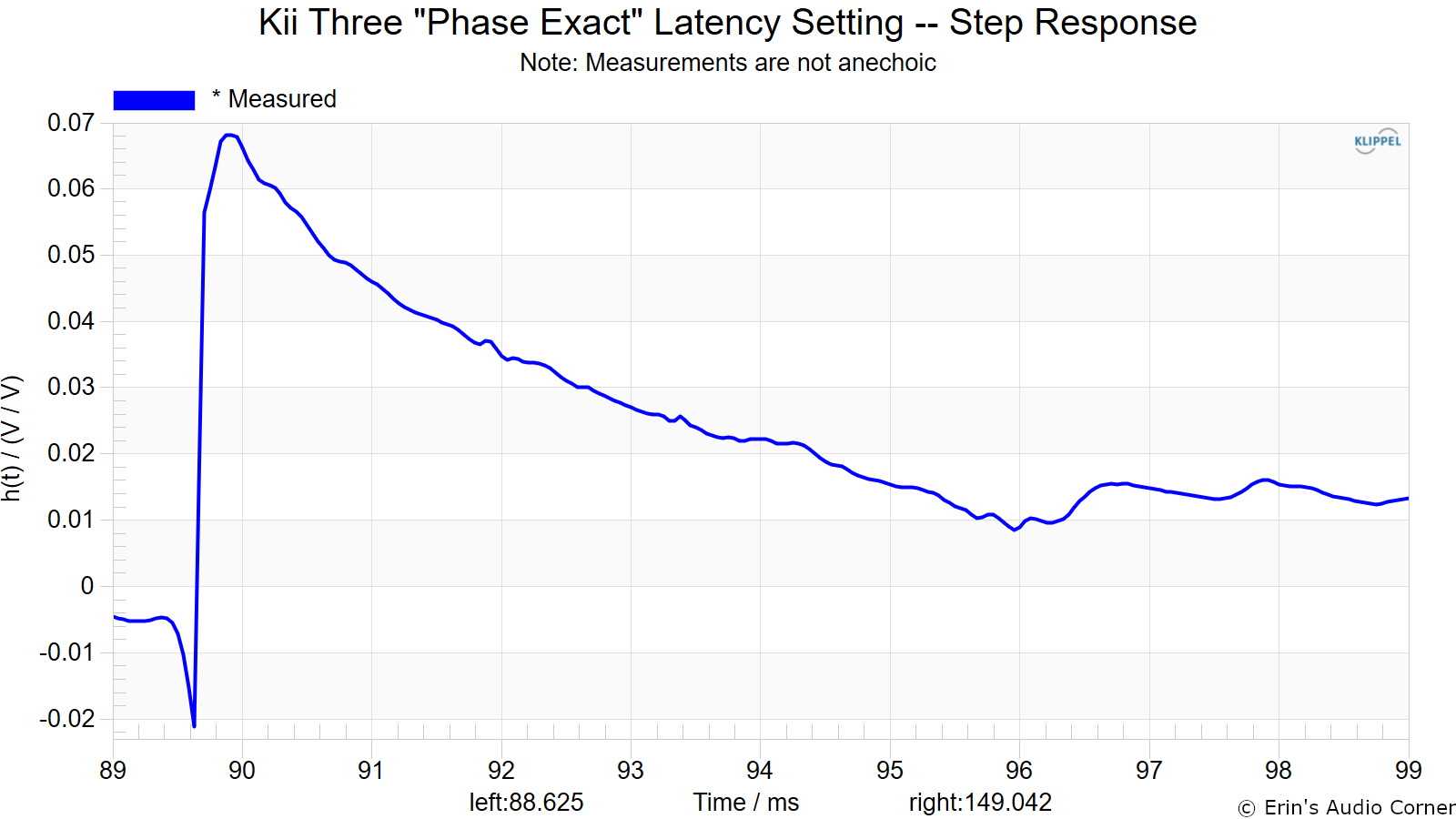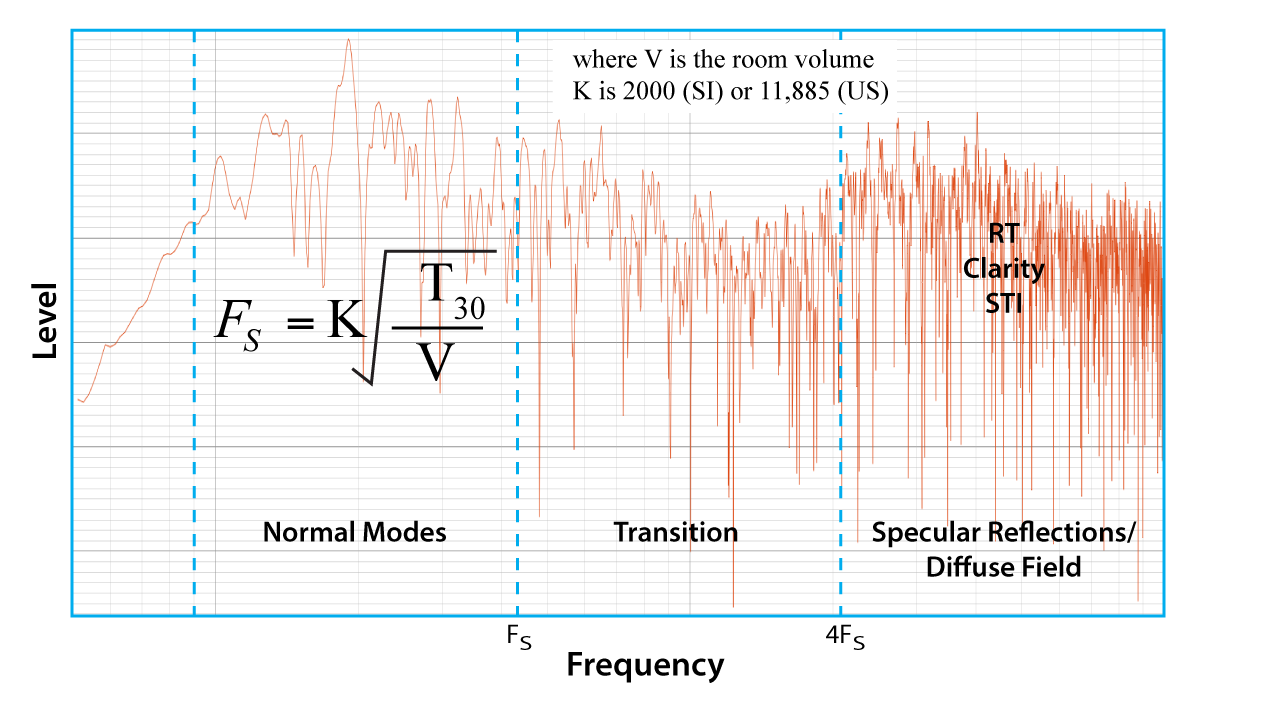Anyway, the system description continues.
BASS MANAGEMENT
I have tried several different strategies of bass management:
1. Set the subwoofer to be much louder than the mains, check if the dips in the response respond. Then cut the peaks to match the mains.
2. Align the phase of the left and right subwoofer using Acourate's ICPA (Interchannel Phase Alignment) procedure to remove excess dips and peaks
3. The back wall has a large sliding door. Opening it noticeably reduces bass reverb (obviously depends on the weather and how late it is at night).
4. Virtual Bass Array (use the subwoofers to send out an inverted and delayed signal to cancel reflections). This took a lot of work. I managed to get it working, but it worked no better for me than simply cutting the peaks.
5. Multi-Sub Optimizer (MSO). This did not work for me because the output of MSO can not be read by Acourate.
6. Attempt to replicate Trinnov's "bass steering" and dump the bass in the adjoining room by making the subwoofers work as a phased array. This experiment failed.
Strategies considered but not attempted:
7. Room treatment. I did not like the visually invasive nature of this intervention.
8.
Room Shaper VST by Home Audio Fidelity.
Review here by
@mitchco. I would have given this a try if I could not solve the issues on my own, but did not end up trying it because it costs money.
In the end, I abandoned the VBA (too complicated, results and the results not superior to the standard method which I will describe), abandoned MSO (output could not be read into Acourate). I only use methods 1, 2, 3 in my list above.
The first step is to look at the frequency response and calculate the Schroder frequency. It is important to remember that this is an approximation. The formula is:
(Image credit:
SynAudCon), where K = 2000 for metric, or 11,885 for Imperial units. My room is 6m x 7m x 2.7m, so room volume is 113.4m^3. I measured the T30 at 0.3s, so the Schroder frequency (Fs) for my room is
102.9Hz. The transition zone ends at 4Fs, so
411.6Hz. So we study the frequency response graph:
As with all frequency response sweeps, you get a mixture of phase responses. I am only interested in the minimum phase response, because this is the only response which can be inverted, and thus correct amplitude and phase at the same time. I am not going to bother talking about how to determine what is minimum phase and what is not, because all room correction software (including Acourate) has "button for idiots" to remove excess phase (leaving you hopefully with only the minimum phase response).
With Acourate, it is possible to generate a "prefilter" which we apply in Room Macro 0. If I designed a VBA, this is how I would implement it. But this time I am only going to generate a prefilter to correct midway into the transition zone. This method was described by
@mitchco in his video
Understanding the State of the Art of Digital Room Correction, but for those who don't feel like watching his hour long video, this is a summary of the method for Acourate users.
First, load the measured pulses for left and right channel into curves 1 and 2, and the target curve into curve 3.
Then FD-Functions - Magnitude Difference. Subtract Pulse48L from the Target, result into Curve 4. Do the same for Pulse48R, result into curve 5.
Your screen will look like this. Notice how the new curves (cyan and blue) is the inverse of your measurement (green and red). Now we uncheck Curves 1 and 2 so that we do not see them and work on Curves 4 and 5. Apply FD-Functions - Magnitude Limiter, and set it to 0. It now looks like this:
For each curve, left click on the graph at 20Hz and right click at a zero point near 200Hz to place a left and right marker there respectively. Now go to TD-Functions - Phase Extraction, and click LM and RM to automatically load the marked points into the dialog box. Make sure the "Min Phase" option is checked. Send the result to curves 1 and 2. This is the result:
Save these as PrefilterL and PrefilterR respectively. Now remove all the curves, and load up your original room measurements Pulse48L/R into curves 1 and 2. In Room Macro 0, set the prefilters to be active:
Then run Room Macro 1. This is the result:
Continue with the rest of the Room macros as per usual.
BTW with version 2 of Acourate, there is a new feature called "ICPA" (Interchannel Phase Alignment). This is a screenshot of ICPA in action:
Simply look for the phase peaks, click on it, then adjust the center frequency and the Q until the correction matches the shape of the peaks. Only peaks that fall within the orange and purple lines should be corrected.



